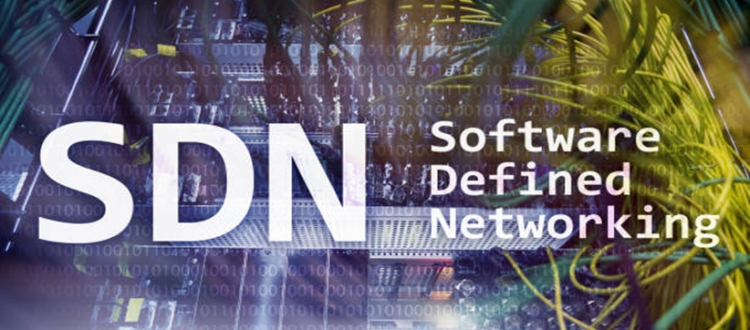In today’s digital world, networking is an essential part of any business, organization, or individual’s daily life. The rise of cloud computing, mobile devices, and the Internet of Things (IoT) has made it even more important to have a flexible and dynamic network that can adapt to changing requirements. This is where Software-Defined Networking (SDN) comes into play.
SDN is a relatively new networking approach that aims to improve network control, flexibility, and scalability by separating the network control plane from the data plane. In traditional networks, network devices like routers and switches manage the traffic flow and make decisions on how to forward packets based on predefined rules. However, with SDN, a centralized software controller is used to manage the network, which provides a more agile and dynamic approach to network management.
The SDN architecture consists of three main components: the application layer, the control layer, and the infrastructure layer. The application layer includes the network services, such as firewalls, load balancers, and intrusion detection systems. The control layer is responsible for managing the network traffic and consists of a centralized software controller that communicates with the infrastructure layer, which includes the network devices.
One of the main advantages of SDN is its flexibility. The software controller can dynamically adjust network traffic flow based on changing conditions, such as traffic patterns, application requirements, and security threats. This allows network administrators to quickly adapt to changing business needs and avoid manual network reconfiguration.
Another key advantage of SDN is its scalability. With traditional networks, scaling requires adding more network devices and configuring them manually. However, with SDN, administrators can add new network devices to the infrastructure layer, and the software controller will automatically detect and configure them, simplifying the management of large-scale networks.
SDN also enables network programmability, allowing administrators to program the network infrastructure using APIs and software development kits (SDKs). This opens up a new level of automation and programmability, allowing administrators to create customized network services and applications tailored to their specific needs.
In conclusion, software-defined networking is an innovative approach to network management that offers many benefits, including increased flexibility, scalability, and programmability. As more organizations adopt cloud computing and IoT, SDN will become increasingly important for managing complex networks and ensuring high levels of performance and security.
Written By:
Ms. Reenu Batra
Assistant Professor
Faculty of Engineering & Technology
SGT University




